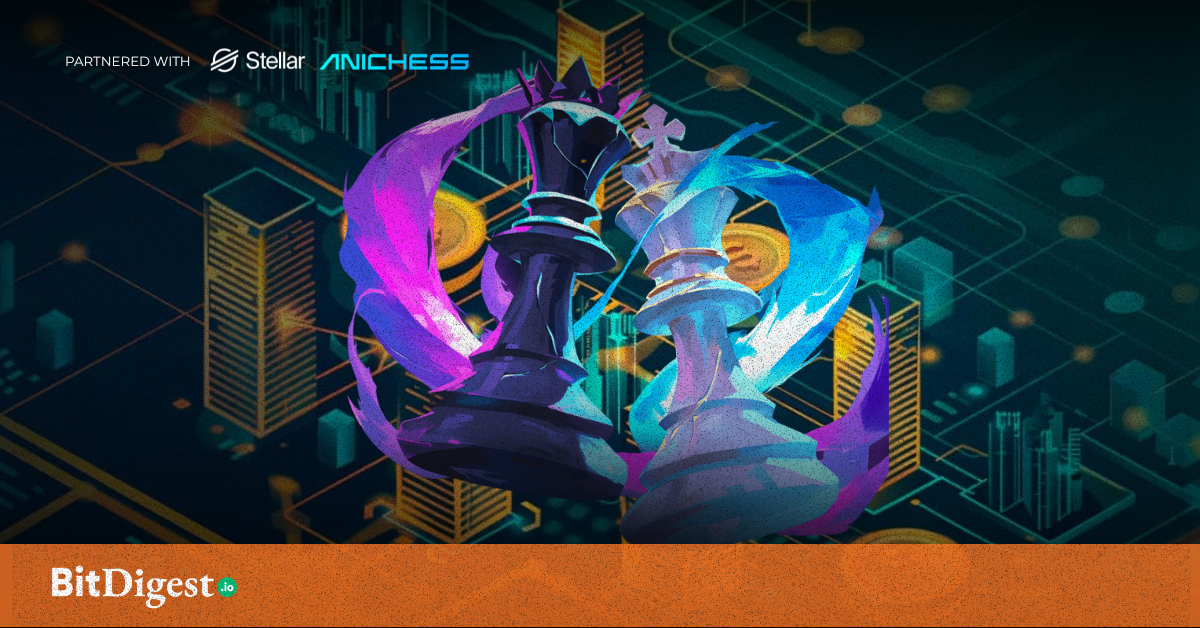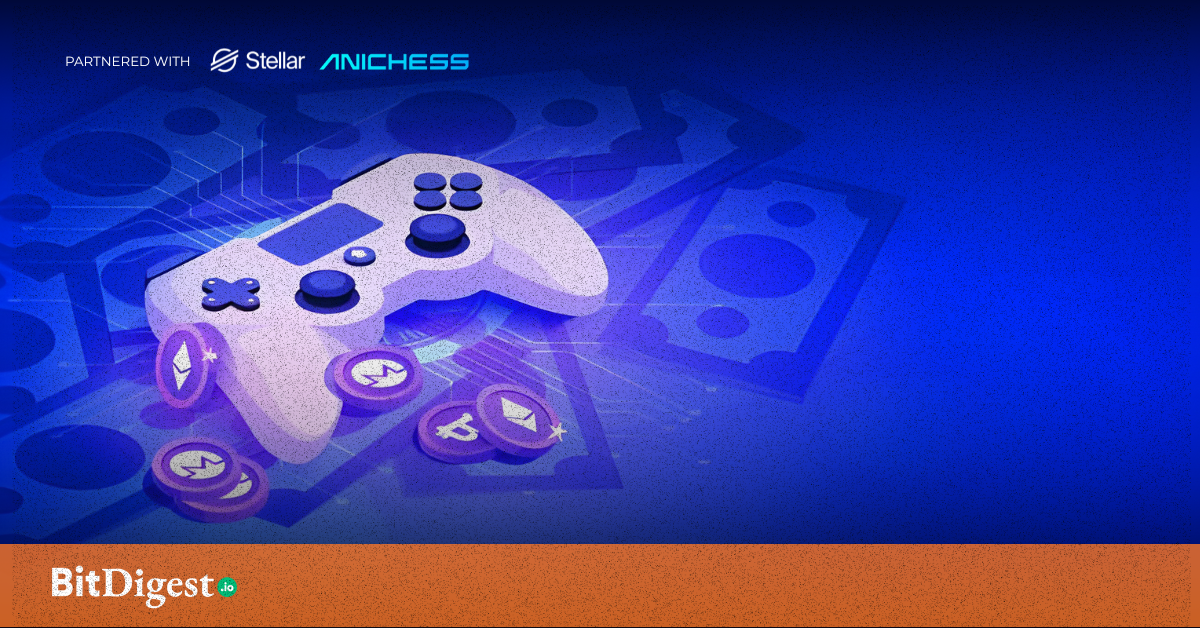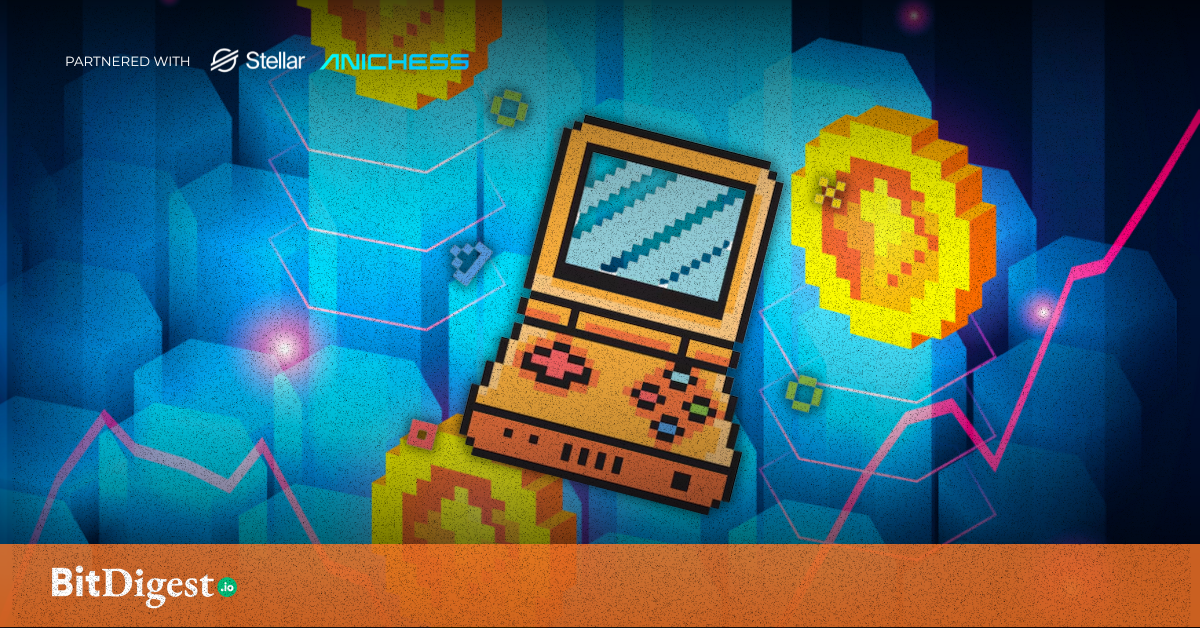What Are Proof-of-Capacity and Proof-of-Commitment?
If you ask a blockchain user if they’re familiar with consensus mechanisms, they’d probably mention Bitcoin’s Proof-of-Work (PoW) or Ethereum’s Proof-of-Stake (PoS). Maybe even Proof-of-Authority (PoA) or Delegated-Proof-of-Stake (DPoS). While all these have their own unique value to bring to the blockchain ecosystem, they also come with limitations. PoW guzzles up way too much energy to be practical for everyday use. PoS tends to be biased toward validators with more funding. DPoS can be more vulnerable to security issues, and PoA sacrifices decentralization for efficiency.
To address these issues and create a blockchain with increased security, reliability, fairness, and sustainability, Signum (formerly BURST network) introduced two new consensus mechanisms: Proof-of-Capacity (PoC) and Proof-of-Commitment (PoC+).
What is Proof-of-Capacity (POC)?
In Proof-of-Work systems, miners compete to be the first to solve the hash for every new block. This requires very complex computations, so for miners to stay competitive, they need to upgrade to specialized, energy-intensive equipment. There are two main drawbacks. First, for every block generated, so much electricity is consumed. Second, it discourages users who don’t have the funds to purchase the required equipment.
With Proof-of-Capacity, all miners have to do is attempt to be the first to find the correct value in an existing list. Before they can start mining, miners generate "plot files" containing sets of cryptographic hash values, which are then stored in their hard drives. During mining, the network randomly picks a value to solve to unlock the next block. Each miner quickly checks their plot files for any number lower than this. The miner to find the lowest qualifying number can add the new block to the chain and claim the block reward. So, although there is a level of difficulty that helps keep the network secure, it isn’t as wasteful as PoW.
One of the greatest strengths of PoC is that it doesn’t require specialized hardware that consumes a lot of electricity. The average PC and mobile phone can be used for mining – all a miner needs is extra hardware space. The more available space a miner has in their drive, the more plot files they can store, and therefore, the greater their chances of being the first to forge the next block. Think of it this way: the larger a department store is, the more products it has in stock, and the more chances you have of finding the specific item you’re looking for.
As with every other consensus mechanism, Proof-of-Capacity does have its flaws. For one, the plot-files are not specific to any particular blockchain, so other blockchains can simply imitate the original protocol and reuse the existing plot files to run their own chain. To improve the system, Signum introduced an upgraded version: Proof of Commitment.
What is Proof-of-Commitment (POC+)?
This type of consensus mechanism is something like a cross between Proof-of-Capacity and Proof-of-Stake. While mining rewards still depend on the miner’s available hardware capacity, miners can also choose to stake coins to increase their chances of getting to forge the next block. Miners now have two options: increase the available storage capacity or stake more crypto in their account.
Miners with no crypto at stake will have a below-average effective capacity, and therefore a below-average chance of finding the hash. Meanwhile, those who commit more tokens than average gain a much higher effective capacity, and therefore higher chances of mining the next block and collecting the reward. Since algorithms calculate the average being staked across the network at any given time, any attempts by miners to consolidate their staking power will result in higher average staking requirements. This prevents centralization within the network.
PoC is now being used by other blockchain such as Storj and Chia, while PoC+ is the consensus mechanism of Splendor, a blockchain offering 8% annual returns on committed assets.
PoC and PoC+ make mining more accessible to the average user by allowing anyone to mine crypto on average consumer PCs and mobile phones. All the mining data can be erased afterward, which means users who no longer want to participate in mining activities can use the devices for other purposes. This approach makes PoC and PoC+ more cost-effective and eco-friendly — two defining traits blockchain technology will need to increase Web3 adoption in the future.
.svg)


.svg) SHARE TO FACEBOOK
SHARE TO FACEBOOK SHARE TO TWITTER/X
SHARE TO TWITTER/X SHARE TO LINKEDIN
SHARE TO LINKEDIN SEND TO MAIL
SEND TO MAIL





.svg)


.svg)